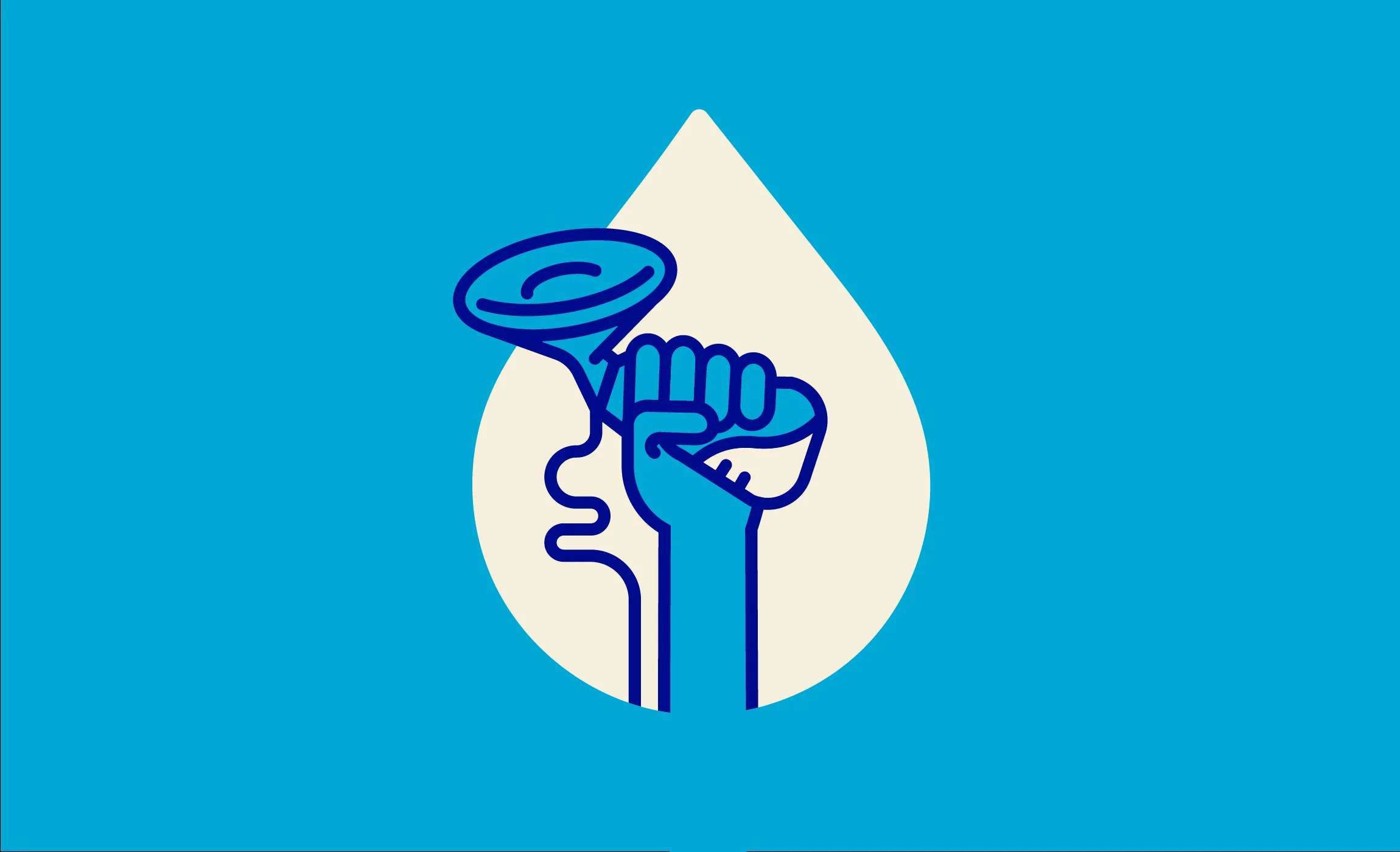Pumping at work? Talking points for your manager.
As a breastfeeding parent, the law is on your side when it comes to asking for a better place to pump at work. But such conversations are rarely easy. Use our talking points to write a note or speak with your HR/ Benefits Director.
Let your employer know how long you’ve worked at your organization, how much you appreciate your job, and that you want to continue providing breast milk to your baby. And to do so, you will need their support. Consider using these key talking points to demonstrate why supporting breastfeeding employees isn’t just for families, but also good for business and a healthy society.
1) Breastfeeding benefits babies, mothers, and public health.
The immune boosts for babies and the long-term health benefits for mothers who breastfeed are well-documented. Both the American Academy of Pediatrics and The World Health Organization (WHO) recommend that parents breastfeed for at least six months and up to two years when possible.
2) Pumping is essential to maintain milk supply.
In order to continue breastfeeding, breastfeeding parents need to pump for 20 to 30 minutes every three to four hours on a predictable schedule when they’re away from their baby. If breastfeeding employees aren’t able to pump when they need to, they can risk engorgement, pain, and a reduction in milk.
3) Providing lactation accommodations is the law.
The federal Fair Labor Standards Act (FLSA) was amended in 2022 with the PUMP for Nursing Mothers Act which requires employers to provide all breastfeeding employees with reasonable break time and a private lactation space that is not a bathroom. And many states have even stricter laws in place, so check our guide to breastfeeding laws to get specific info on your state.
4) Lactation spaces need to be private and sanitary spaces to express milk.
While pumping milk in a conference room or borrowed office might work in a pitch, they aren’t long term lactation space solutions for pumping at work. The optimal lactation space is one that’s private, clean, and comfortable—with outlets for a breast pump, a table and a chair. Lactation spaces are also better when they’re located close to the parents who need it, to reduce unproductive travel time.
5) Inclusive workplaces support all employees.
Providing comprehensive workplace lactation support means having a dedicated lactation space, but true support goes above and beyond a physical space. Help future breastfeeding employees by helping your organization document their lactation accommodation policies and protocols in writing.
Mamava designs solutions to empower breastfeeding and pumping parents on the go, like our freestanding lactation pods, Mamava’s lactation space locator app, and other helpful resources.
More parent resources













